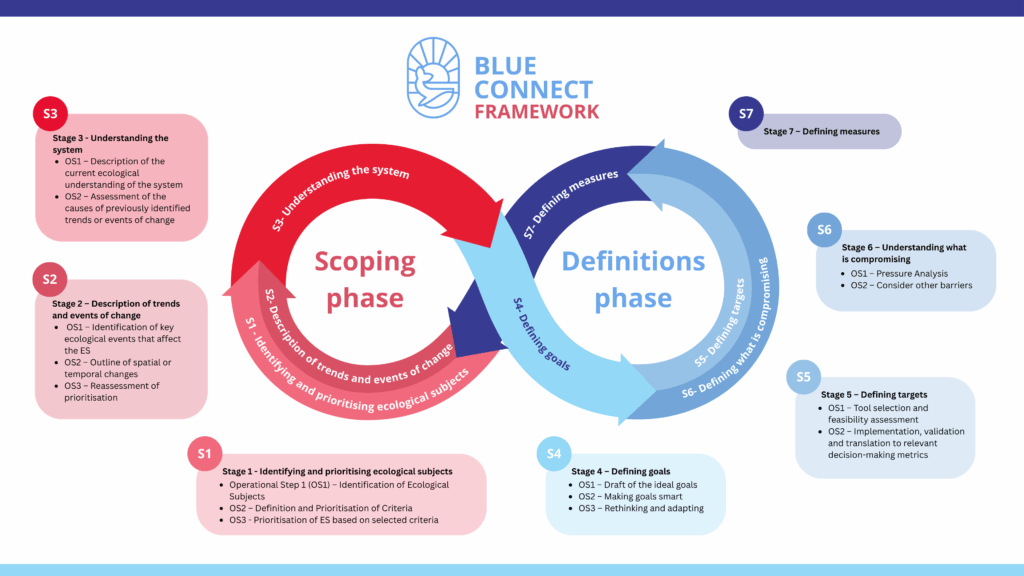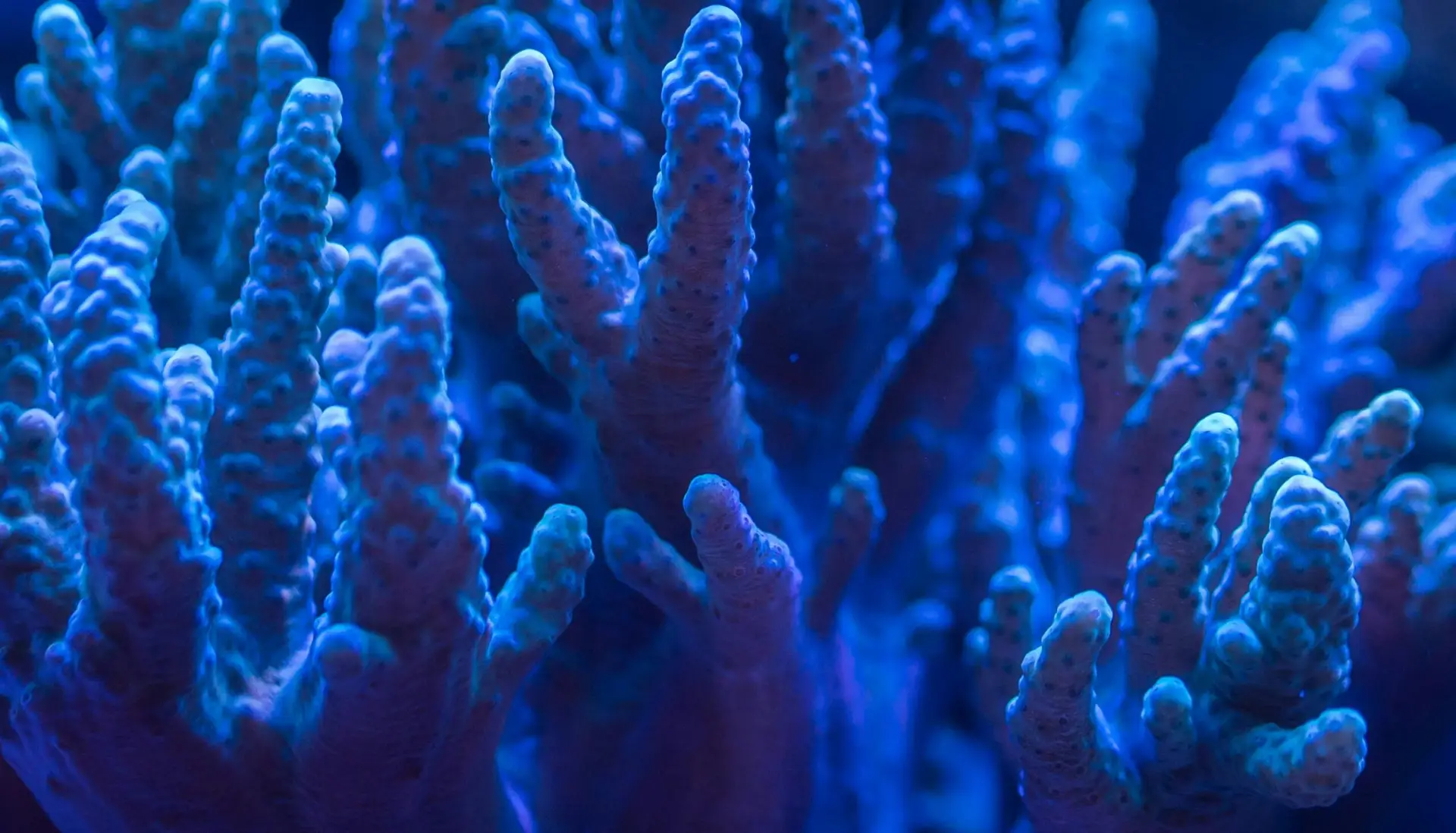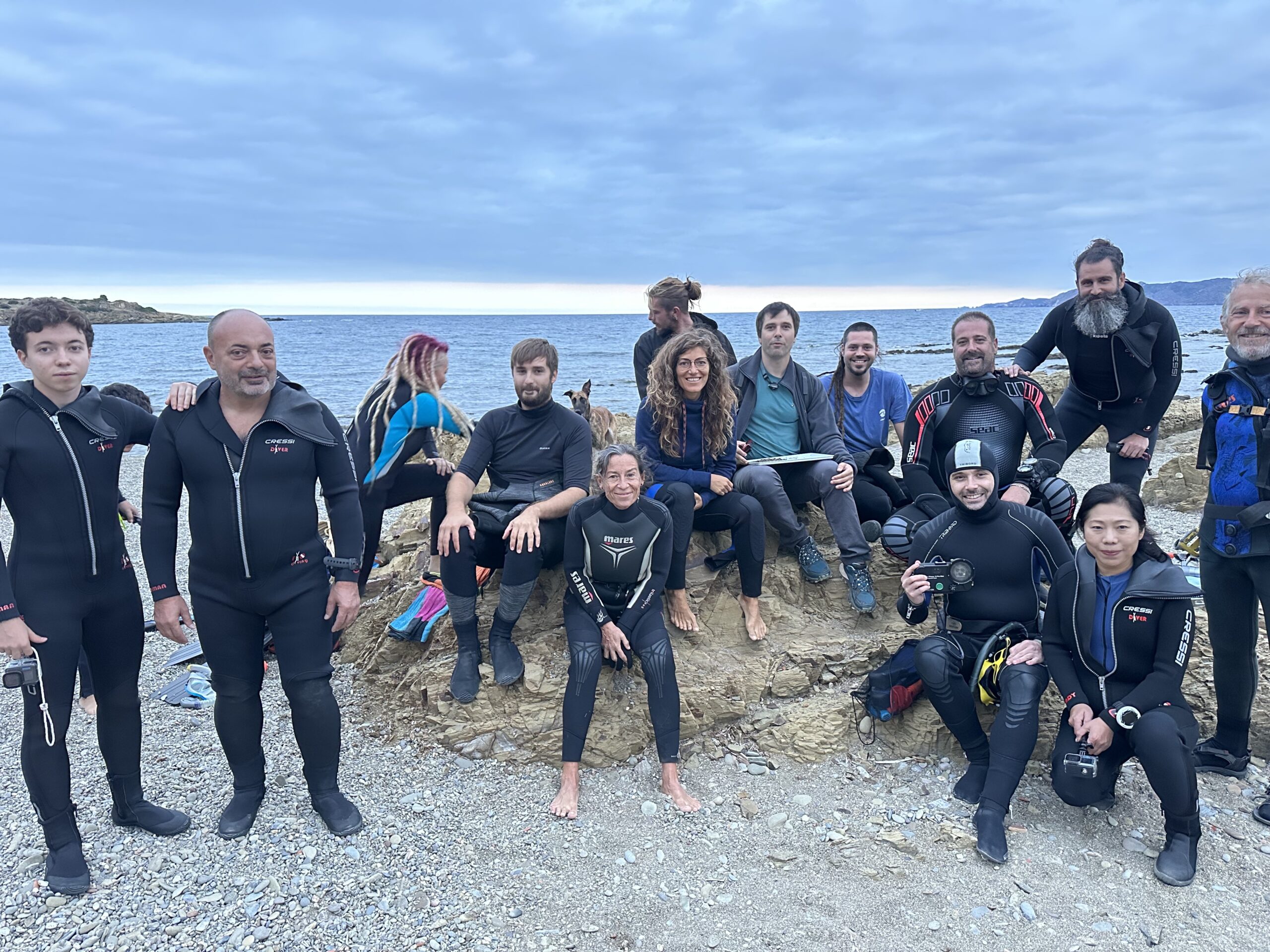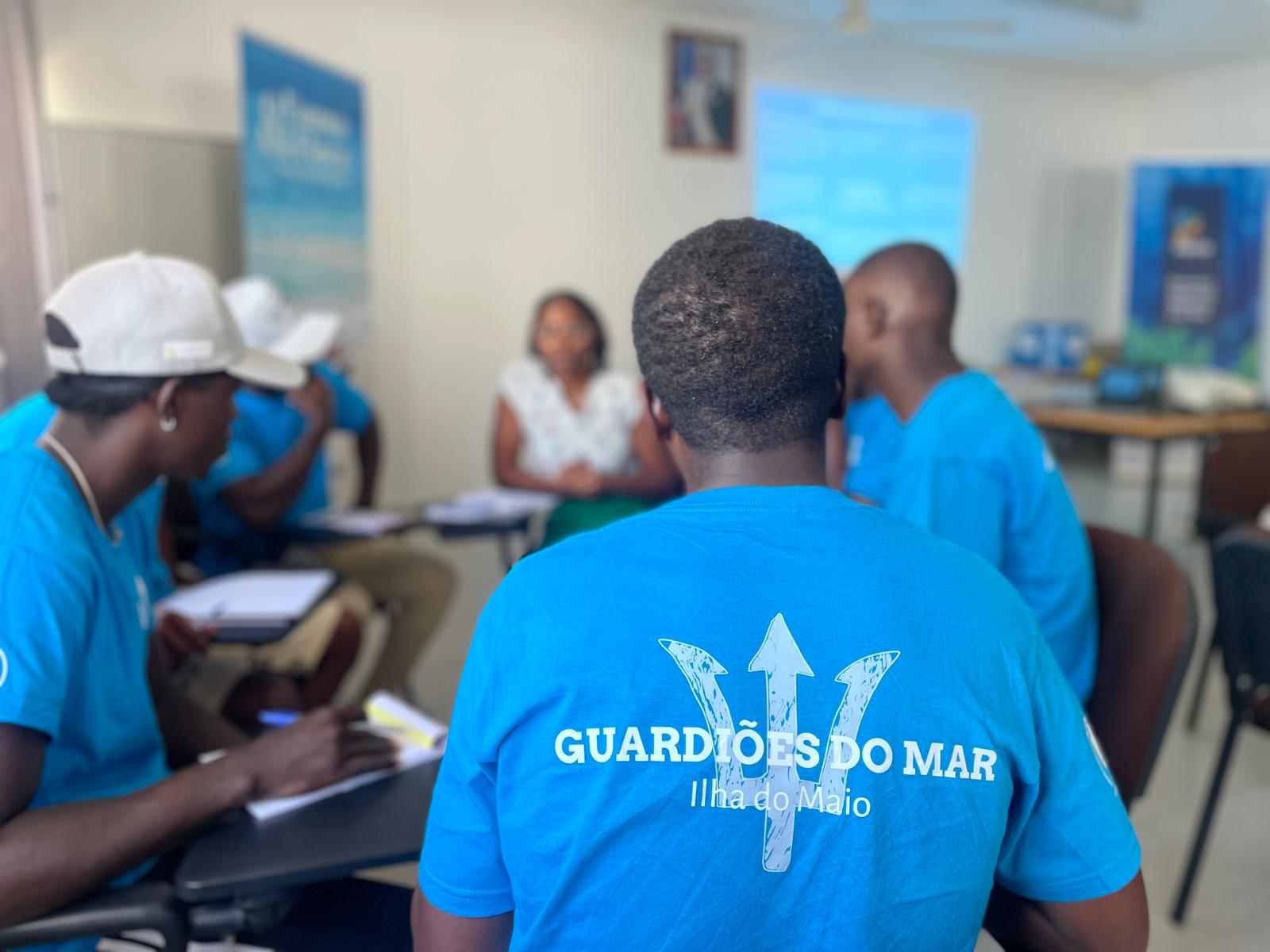What are Marine Protected Areas good for?
Marine Protected Areas (MPAs) are specific geographic regions that are officially designated, recognized, and managed under legal frameworks to achieve the long-term conservation of the marine environment at any ecological scale. In practice, they serve as spatial management tools designed to safeguard and restore marine ecosystems, helping to maintain ecosystem services and protect cultural heritage.Aligned with the global push to expand conservation efforts, Europe is progressing through the EU Biodiversity Strategy for 2030. In line with the “30×30 target” outlined in the Kunming-Montreal Global Biodiversity Framework, the EU has pledged to protect 30% of its terrestrial and marine areas by 2030, with at least 10% designated for strict protection.
.
How to ensure they are effective?
Effective conservation planning relies on setting clear goals that can be translated into measurable, actionable milestones. Well-defined goals provide a framework for guiding choices and decision-making. In contrast, generic or pre-determined objectives can lead to a disconnect between stated ambitions and those that are actually implemented. In many cases, MPA objectives are established in advance without sufficient consideration of the site’s unique ecological characteristics. Broad percentage-based conservation targets, such as the 30×30 goal of the EU Biodiversity Strategy, can be valuable for offering overarching direction and motivating collective international action; however, applying them without a context-specific reassessment risks making them ecologically irrelevant or inadequate to ensure the long-term persistence of biodiversity.
.
How is this related to Blue Connect?
Work Package 2 (WP2) of Blue Connect is dedicated to creating a practical framework to guide the formulation of conservation and restoration goals and targets for MPAs, grounded in ecological principles. This ecological emphasis is intended to establish a solid, quantifiable reference point that other work packages can later enrich with socio-economic and governance elements. Deliverable 2.1 introduces the building blocks of the Blue Connect Integrated Framework, outlining an operational, ecology-driven methodology to assist MPA managers in defining conservation and restoration goals and targets, while also highlighting the knowledge gaps that will be addressed in the following phases of the project. The framework draws upon findings from a systematic review of scientific and grey literature compiled by project partners and incorporates feedback from stakeholders, ensuring it is both evidence-based and applicable in real-world contexts.
.
I want to know more!
The Blue Connect Framework meets the need for practical guidance in MPA conservation and restoration by providing a structured, step-by-step approach for developing context-specific, ecologically sound goals and targets. Its design allows practitioners to revisit and refine earlier steps, ensuring that decisions are continually improved to deliver the most ecologically sound outcomes possible given the available information. The framework is grounded in the prioritisation of ecological features for conservation or restoration, coupled with the identification of key trends and events driving ecological change within the area of interest. By placing these aspects at the core of the analysis, the framework enables a comprehensive understanding of the system, exploring the interdependencies between prioritised ecological features and other ecosystem components, and assessing how environmental processes and human pressures influence both current conditions and future changes in the ecosystem.
The Blue Connect Framework represents a significant step forward in advancing effective, ecologically-based management of Marine Protected Areas. By combining a structured, iterative methodology with a focus on ecological prioritization, the framework ensures that conservation and restoration objectives are both context-specific and scientifically robust. As Europe and the global community strive to meet ambitious conservation targets, tools like the outputs of the Blue Connect provide necessary guidance and practical support to translate policy commitments into meaningful, long-term outcomes for marine biodiversity and ecosystem health.

Cover photo by Egor Kamelev



